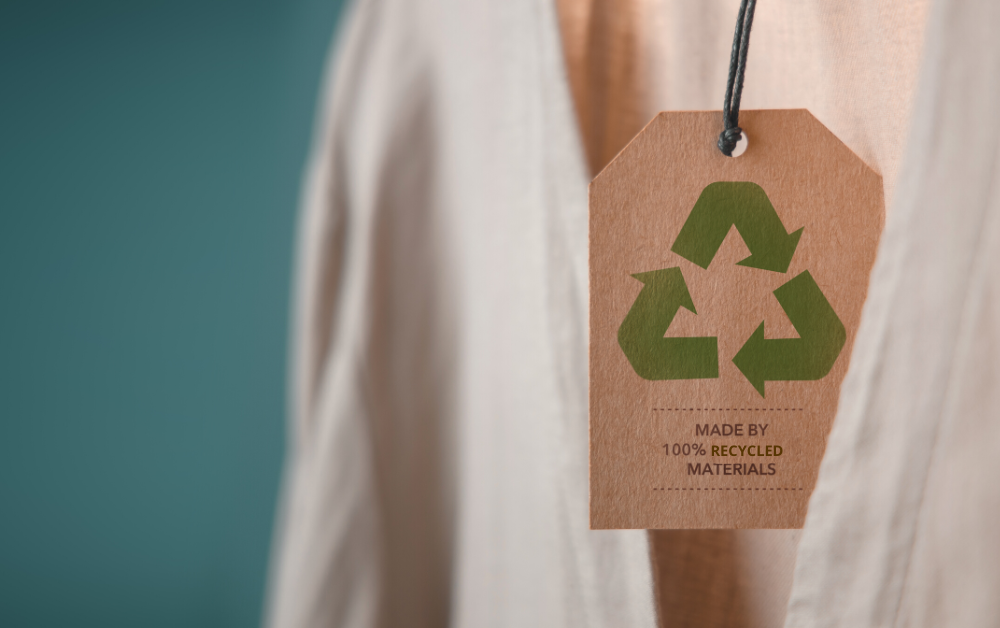Reconnecting with Nature: The Importance of Regenerative Agriculture for Textiles
by Stefan Krueger | May 4, 2023 | Sustainability, circularity, bio-based, plant-based, biodiversity, regenerative agriculture, climate, textile chemicals | No Comments

Unlike conventional agricultural practices that can easily lead to degrading soil and depleted natural resources, regenerative agriculture emphasizes on restoring and improving the health of the soil, water, and ecosystems.
One of the key benefits of regenerative agriculture for the textile industry is the production of high-quality raw materials. Healthy soils nurtured through regenerative practices results in fibers with improved strength, durability, and resilience. For example, cotton grown using regenerative agriculture methods tends to have longer staple lengths, higher yields, and fewer pest issues, which can translate into better quality cotton fibers for textile production. Another example is the castor plant, when regenerative agriculture is consistently practiced over years, it increases the quantity of castor seeds that are produced while also improving the quantity and quality of oil in each seed which provides optimal bio-based chemistry that has improved productivity, scalability, and functionality. Additionally, regenerative practices reduce the need for synthetic fertilizers and pesticides, resulting in textile goods that are free from harmful chemical residues, making them more environmentally friendly and healthier for consumers.
Another benefit of regenerative agriculture for sourcing in the textile industry is its potential to mitigate the negative impacts of climate change. Healthy soil acts as a carbon sink, sequestering carbon from the atmosphere and storing it in the soil, thereby reducing greenhouse gas emissions. Regenerative agriculture practices, such as no-till farming and the use of cover crops, can enhance carbon sequestration, contributing to the fight against climate change. As the textile industry is a major contributor to global carbon emissions, adopting regenerative agriculture practices for raw material sourcing can help offset the industry's environmental footprint and promote more sustainable production processes.
Regenerative agriculture is crucial for ensuring a sustainable and responsible supply chain for our industry. By prioritizing soil health, biodiversity, and carbon sequestration, regenerative practices can yield high-quality raw materials while mitigating negative environmental impacts for future generations. Incorporating regenerative agriculture into raw material sourcing strategies can improve the quality of textile products while also contributing to the industry's efforts in addressing climate change and promoting sustainability.
At ProTecht®, it is our priority and goal to provide sustainable solutions to the textile industry that not only minimizes our impact on the planet but also benefits our communities and ecosystems. Because preserving our planet and natural resources is fundamental for allowing future generations to enjoy the natural world.

2021 ProTecht Blog Recap
As we come to the end of another full year, we invite you to take a few minutes to review some of...

Fashion Education for the Everyday Consumer
This post provides an index of key terms in the fashion and textiles industry. Understanding these...

Projected Textile Trends for 2023
This post discusses what trends will take precedence in 2023 in the areas of sustainability,...


